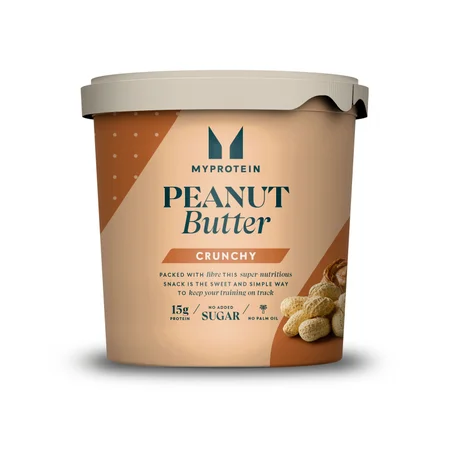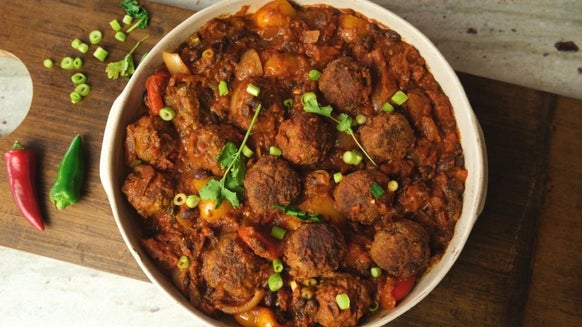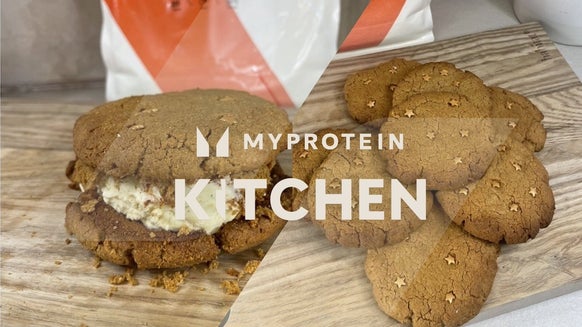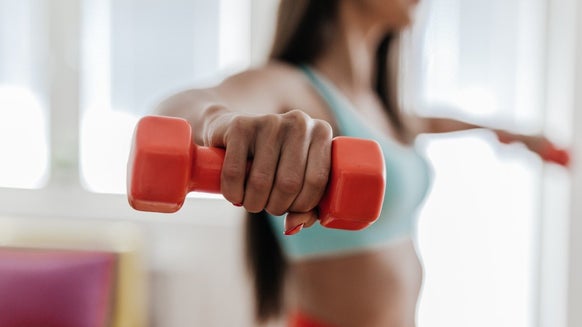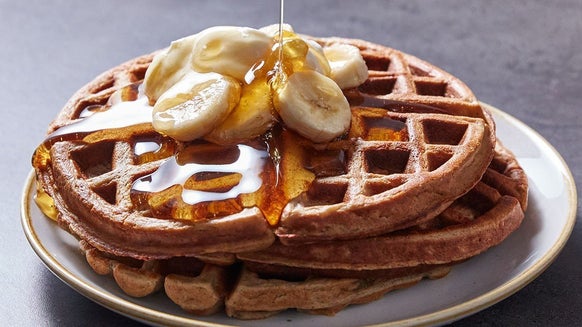- de Nava, A. S. L., & Raja, A. (2020).Physiology, Metabolism. StatPearls [Internet].
- Dokken, B. B., & Tsao, T. S. (2007).The physiology of body weight regulation: are we too efficient for our own good?. Diabetes Spectrum, 20(3), 166-170.
- Poehlman, E. T., & Horton, E. S. (1989).The impact of food intake and exercise on energy expenditure. Nutrition reviews, 47(5), 129-137.
- Pesta, D. H., & Samuel, V. T. (2014).A high-protein diet for reducing body fat: mechanisms and possible caveats. Nutrition & metabolism, 11(1), 1-8.
- McMurray, R. G., Soares, J., Caspersen, C. J., & McCurdy, T. (2014).Examining variations of resting metabolic rate of adults: a public health perspective. Medicine and science in sports and exercise, 46(7), 1352.
- Benton, M. J., Hutchins, A. M., & Dawes, J. J. (2020).Effect of menstrual cycle on resting metabolism: A systematic review and meta-analysis. PloS one, 15(7), e0236025.
- Poehlman, E. T., & Horton, E. S. (1989).The impact of food intake and exercise on energy expenditure. Nutrition reviews, 47(5), 129-137.
- Aristizabal, J. C.,Freidenreich, D. J., Volk, B. M., Kupchak, B. R., Saenz, C., Maresh, C. M., … & Volek, J. S. (2015). Effect of resistance training on resting metabolic rate and its estimation by a dual-energy X-ray absorptiometry metabolic map. European journal of clinical nutrition, 69(7), 831-836.
- Koot, P., &Deurenberg, P. (1995). Comparison of changes in energy expenditure and body temperatures after caffeine consumption. Annals of Nutrition and Metabolism, 39(3), 135-142.
- Koot, P., &Deurenberg, P. (1995). Comparison of changes in energy expenditure and body temperatures after caffeine consumption. Annals of Nutrition and Metabolism, 39(3), 135-142.
- Müller, M. J., Enderle, J.,Pourhassan, M., Braun, W., Eggeling, B., Lagerpusch, M., … & Bosy-Westphal, A. (2015). Metabolic adaptation to caloric restriction and subsequent refeeding: the Minnesota Starvation Experiment revisited. The American journal of clinical nutrition, 102(4), 807-819.
- von Loeffelholz, C., & Birkenfeld, A. (2018).The role of non-exercise activity thermogenesis in human obesity. Endotext [Internet].
- Rosenbaum, M., & Leibel, R. L. (2010).Adaptive thermogenesis in humans. International journal of obesity, 34(1), S47-S55.
- Leidy, H. J., Clifton, P. M., Astrup, A., Wycherley, T. P.,Westerterp-Plantenga, M. S., Luscombe-Marsh, N. D., … & Mattes, R. D. (2015). The role of protein in weight loss and maintenance. The American journal of clinical nutrition, 101(6), 1320S-1329S.
- Varkevisser, R. D. M., VanStralen, M. M., Kroeze, W., Ket, J. C. F., & Steenhuis, I. H. M. (2019). Determinants of weight loss maintenance: a systematic review. Obesity reviews, 20(2), 171-211.
- Conlin, L. A., Aguilar, D. T., Rogers, G. E., & Campbell, B. I. (2021).Flexible vs. rigid dieting in resistance-trained individuals seeking to optimize their physiques: A randomized controlled trial. Journal of the International Society of Sports Nutrition, 18(1), 1-10.
- Byrne, N. M., Sainsbury, A., King, N. A., Hills, A. P., & Wood, R. E. (2018).Intermittent energy restriction improves weight loss efficiency in obese men: the MATADOR study. International journal of obesity, 42(2), 129-138.
Dit stofskifte er ikke “gået i stykker”

Diætbranchen er fyldt med den klassiske salgsmetode med "vi har en løsning på det problem, du ikke vidste, du havde, før vi fortalte dig om det".
En af de mest uhyrlige løgne, som "eksperter" i slankekure vil fortælle dig, er, at dit stofskifte på en eller anden måde er "ødelagt" eller "forvirret".
Hvis vores stofskifte nogensinde blev forvirret eller ødelagt, ville vægttab være det mindste af dine bekymringer. Faktisk ville du sandsynligvis ikke have nogen bekymringer, for du ville ikke være her længere...
Men hvad er vores stofskifte egentlig?

Stofskifte og dig
Menneskets stofskifte er ikke blot den måde, hvorpå vi styrer vores vægt, men det indkapsler alle de kemiske reaktioner, der sker i vores krop.1
Disse kemiske reaktioner er løbende i gang og er ansvarlige for energiproduktion, reparationer, respiration og fjernelse af skadelige affaldsprodukter.
Dit stofskifte er ikke blot én ting - det er en paraplybetegnelse for et utal af ting, der alle sker kontinuerligt.
Det er lidt ligesom immunsystemet; vi ser det som et enkelt system (måske fordi det er nemmere at visualisere), når det i virkeligheden er et komplekst miskmask af mange organer og andre komponenter i vores krop, der alle arbejder i synergi og i en tilstand af konstant forandring for at holde dig beskyttet.
Dit stofskifte er ligesom immunsystemet også under konstant forandring.
Når du f.eks. spiser, stiger dit stofskifte. Hvorfor? Jo, for at nedbryde fødevarerne og udnytte de næringsstoffer, der lige er kommet ind i systemet.
Vil du vide noget andet sejt om dit stofskifte? Vi lagrer og nedbryder konstant lagrede næringsstoffer. Fedt for eksempel - vi nedbryder altid fedt et eller andet sted i kroppen, mens vi andre steder kunne gemme det.
Der sker et betydeligt vægt- eller fedttab, når denne omsætning er til fordel for at fedt bliver nedbrudt og brugt som brændstof i stedet for at blive lagret.2
Dette opnås lettest ved at opretholde et kalorieunderskud, men det, vi spiser, og den aktivitet, vi udfører, spiller også en vigtig rolle.
Metabolismen går ikke i stykker... men den ændrer sig
Forhåbentlig har du nu forstået, at "metabolisk skade" eller "forvirring" eller endda "ødelagt stofskifte" er buzz ord for salgstyper og ikke hvad der faktisk sker i vores krop.
"Men hvorfor er det, at når jeg er i et kalorieunderskud, taber jeg mig ikke som forventet!"
Tja, der er faktisk en hel del grunde til det...
Metabolismen vil ikke bryde eller blive forvirret, men den ændrer sig. Det kan fremskynde, bremse og tilpasse sig til det næringsstofindtag, du tilfører.
Der er en række grunde til, at dit stofskifte kan gå hurtigere:
- Spiser mere mad end normalt.3
- Spise en kost med et højere indhold af protein (protein har den største termiske effekt, hvilket ganske enkelt betyder den energi, det koster os at fordøje og bruge den mad, vi har spist).4
- At have en større mængde mager muskelmasse.5
- Ændringer i hormonprofilen (f.eks. stiger kvinders grundstofskifte under menstruation).6
- Hvis du træner (visse former for træning, f.eks. styrketræning, har vist sig at øge stofskiftet længe efter, at aktiviteten er afsluttet).7,8
- Hvis du indtager visse kostkomponenter (f.eks. koffein og capsaicin øger energiforbruget).9,10
Hvis målet er vægt- eller fedttab (hvilket ikke altid er det samme - husk på, at du kan tabe dig uden at det nødvendigvis er fedt), er det tilrådeligt at indarbejde disse strategier (inden for rammerne af et kalorieunderskud).
I sidste ende bør målet være at bevare så meget mager muskelmasse som muligt, opretholde træningsresultaterne så godt som muligt og spise så meget som muligt, samtidig med at man opnår vægttab eller fedttab.
Det er sådan, du holder dit stofskifte på din side, samtidig med at du opnår den ideelle muskuløse, slanke fysik.
På den anden side er der en række grunde til, at dit stofskifte kan blive langsommere, og det er virkelig her, at en stor del af frustrationen omkring slankekure kommer fra:
- Du spiser ikke nok (selv om du stadig kan tabe dig, dette "slukker ikke" når du når en vis tærskel for energiindtag, det bliver bare sværere at opnå et underskud takket være tilpasning).11
- Du bruger mindre energi (enten gennem mindre programmeret fysisk aktivitet eller din ikke-motionsaktivitet, som kan udgøre op til 1000kcals energiudnyttelse pr. dag!)12
- Din kost indeholder ikke nok protein
- Du mister muskelmasse på grund af underernæring og utilstrækkelig motion
Denne myriade af tankeløst frustrerende forhindringer for at opnå det vægttab, du sigter efter, kaldes "adaptiv termogenese".13
Dette indkapsler i det væsentlige de adfærds-, hormonelle, metaboliske og autonome (dit autonome nervesystem er ansvarligt for at regulere ufrivillige kropsfunktioner, såsom hjerteslag, blodgennemstrømning, vejrtrækning og fordøjelse) ændringer, der ledsager vægtændringer.
For at sige det ligeud: dit stofskifte er ikke gået i stykker eller blevet forvirret, din krop "kæmper blot imod" det vægttab, du sigter mod at opnå.

Så hvad kan vi gøre for at kæmpe imod modstanden?
Rulle rundt og spille død?
Absolut ikke. Faktisk er der masser af ting, du kan gøre for at tilsidesætte dit fysiologiske svar og skubbe dig igennem disse plateauer og opnå et vellykket og vedvarende vægttab.
Så hvad kan vi gøre for rent faktisk at opnå et vellykket og vedvarende vægttab?
- Spise så meget som muligt, mens du taber dig
- Spise en kost med et højere proteinindhold ("de egentlige eksperter" foreslår et sted mellem 1,2 og 1,6 g pr. kg kropsvægt pr. dag)14
- Fortsæt med at motionere og udfør intens træning flere gange om ugen
- Overvej at indarbejde koffein i din kost.
Nå, det er godt for at holde dit energiforbrug i gang på alle cylindre, men hvad skal vi ellers gøre for at opnå et vedvarende vægttab på lang sigt?
En gruppe forskere udarbejdede en stor undersøgelse, der omfattede over 70 artikler, og som beskrev, hvad de fandt ud af var nøglerne til et vellykket og vedvarende vægttab15 .
Nøglerne til et vellykket og vedvarende vægttab blev fundet at være:
- Portionskontrol
- en reduktion i det samlede energiindtag fra fødevarer
- Et højere proteinindtag i kosten (det sagde jeg jo!)
- Et lavere fedtindtag (ikke for at sige, at fedt er "dårligt", men det er den tætteste af makronæringsstofgrupperne med omkring 9 kcal pr. gram)
- En stigning i plantebaserede fødevarer (indtagelse af frugt og grøntsager)
- Færre kalorier indtages fra sukkerholdige drikkevarer
- En inkluderende snarere end ekskluderende tilgang til madvalg (fleksibilitet i madvalget, som for nylig har vist sig at være lige så godt under en diæt som under en superrigid diæt, og meget bedre bagefter!)16
De fandt også, at de, der fulgte deres vægt, overvågede deres spisning og opretholdt en aktiv livsstil, generelt set havde større succes end de, der ikke gjorde det.
En anden strategi til at undgå enhver uønsket stofskifteafmatning er at planlægge "diætpauser" ind.
En sjov undersøgelse kaldet MATADOR-undersøgelsen (jeg lyver ikke, det står for Minimising Adaptive Thermogenesis and Deactivating Obesity Rebound) afprøvede disse diætpauser mellem to grupper af vægttabsentusiaster.17
Den ene gruppe blev bedt om at følge en kontinuerlig kalorierestriktionskost, mens den anden gruppe blev tildelt 2 uger på, 2 uger uden, hvor man vekslede mellem kalorierestriktion og mad på vedligeholdelsesniveau.
Alt i alt var undersøgelsen ret langvarig (ca. 30 ugers egentlig diæt) og gav nogle interessante resultater!
Forskerne fandt ud af, at det var dem, der fulgte den intermitterende diætform, der opnåede et større vægt- og fedttab. Forskerne mener, at dette skyldes, at diætpauserne reducerede virkningen af adaptiv termogenese (og at denne tilgang faktisk også er langt mere bæredygtig).
Kort fortalt
Metabolismen går ikke i stykker.
Det bliver heller ikke forvirret.
Hvis det faktisk skete, ville du ikke være i live nok til at bekymre dig så meget om et par kilo på vægten.
Vores stofskifte kan dog ændre sig, især når vi forsøger at tabe os.
Tilpasninger til vores kropsstørrelse, vores kropssammensætning, det energiindtag, vi har til rådighed, og sammensætningen af vores kost spiller alle en rolle for vores stofskifte, og om det accelererer, falder eller forbliver det samme.

